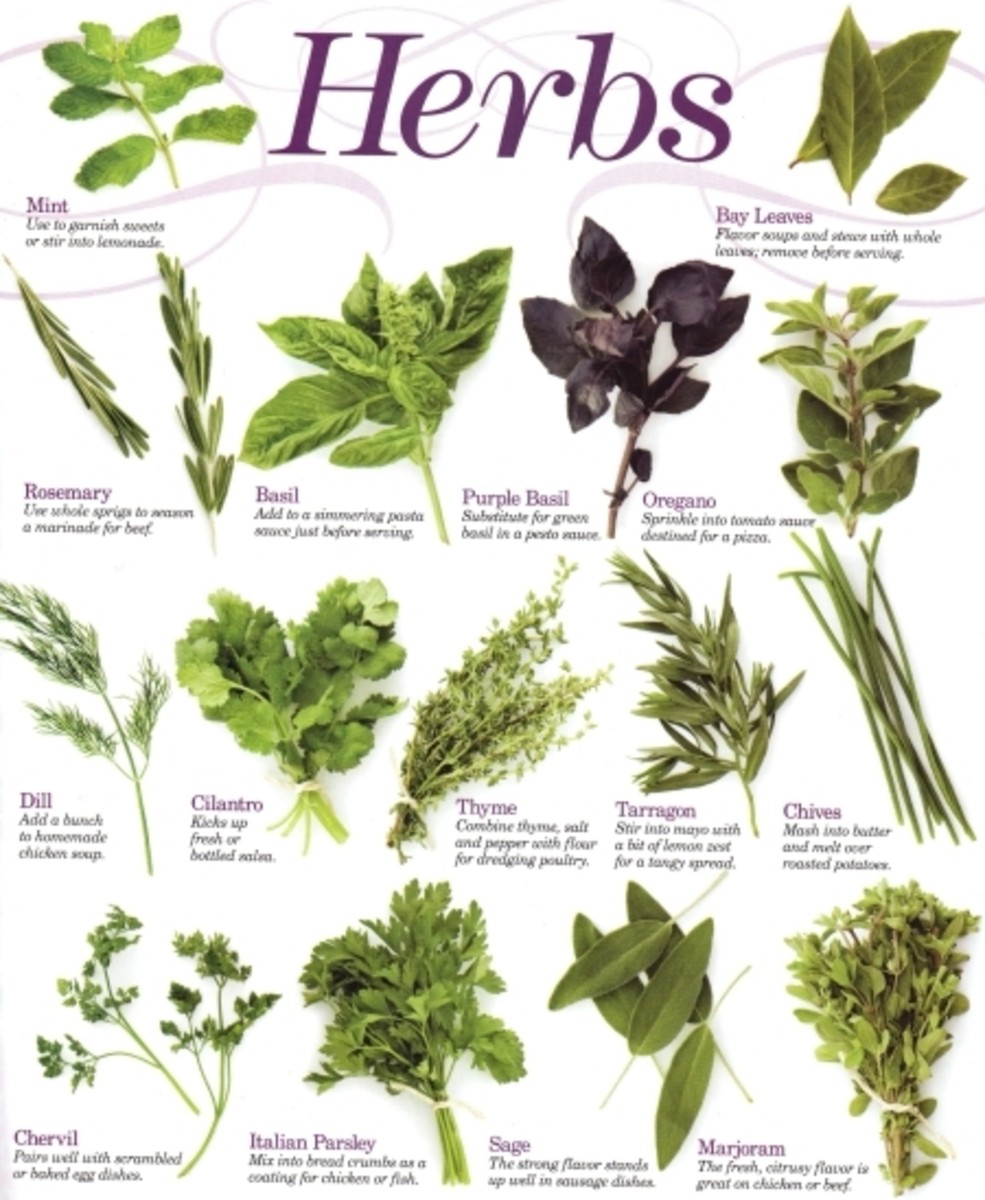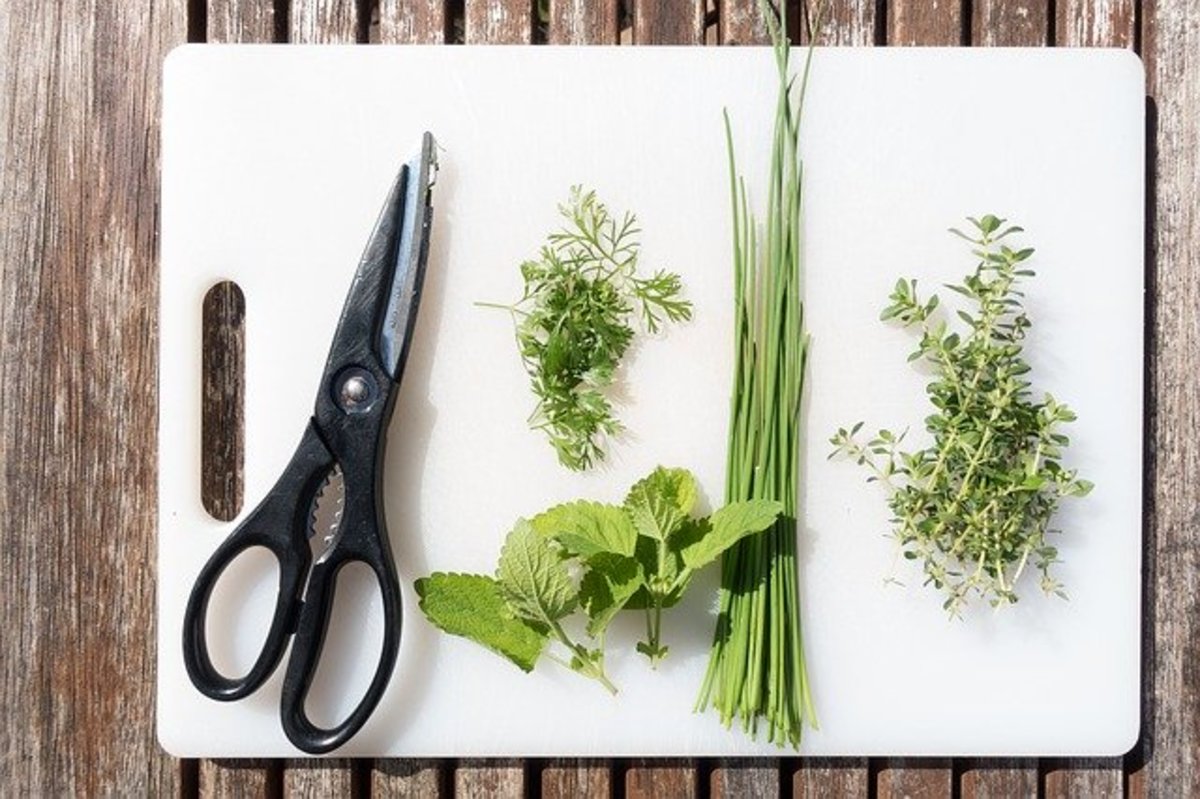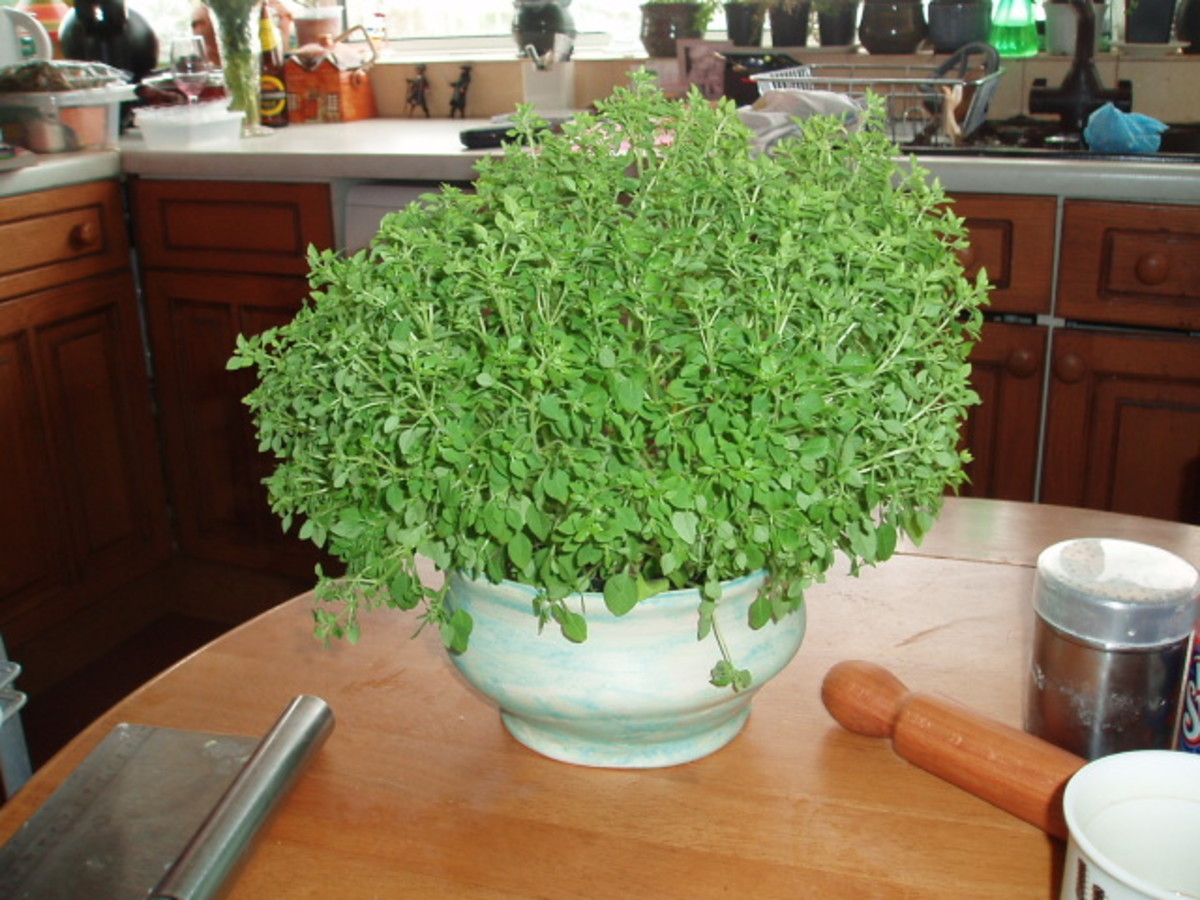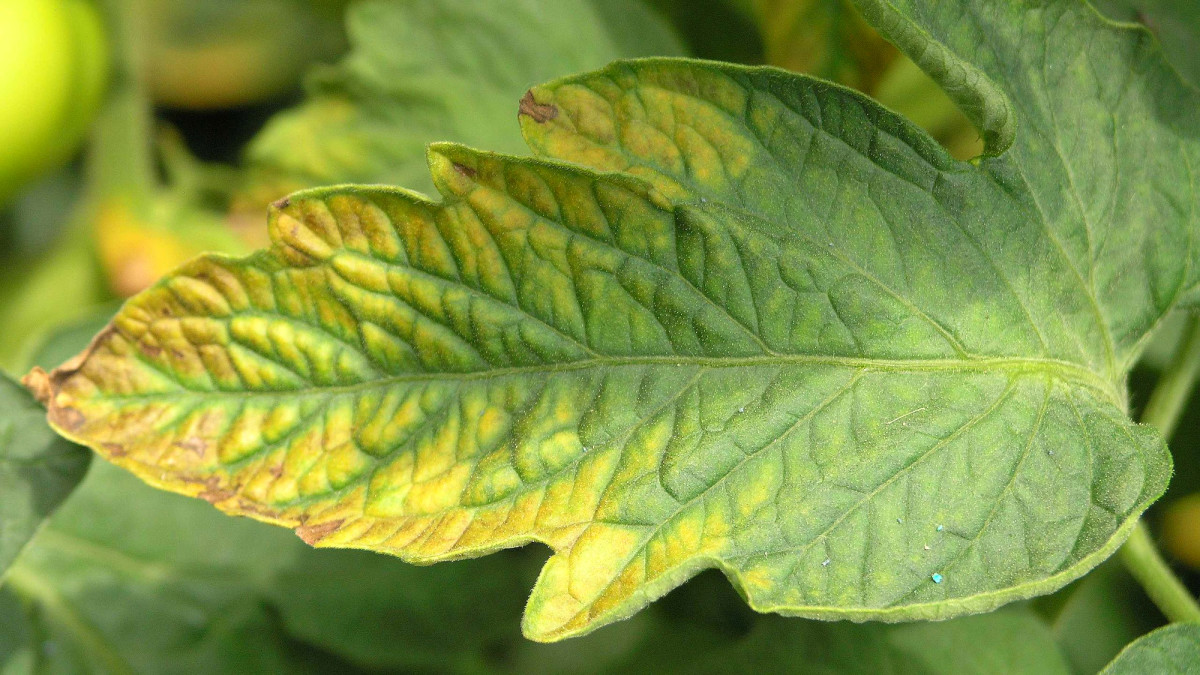How to Identify Common Herbs
If this is your first venture into the realm of cooking with herbs, you are probably unfamiliar with a lot of the herbs out there and their uses. This can make it difficult to searching for the right herbs to prepare your meals.
Herbs are delicious for cooking, wonderful in herbal teas and they look absolutely beautiful growing on your counter or windowsill. So here are some tips to help you identify the various herbs that are out there:
Basil
Although it has its origins in Asia, basil is an herb that's used heavily throughout the world. One of the best ways to identify basil by the shape of its leaves. Italian basil has smooth, bright green leaves with no serrations on the edges. The bottom, near the stem, is rounded and comes to a point at the tip. Another great way to identify basil is to smell it; you can't go wrong here as the leaves give off a distinctive scent when rubbed.
Parsley
Parsley is a member of the carrot family. It is a very common herb which has two varieties, the curly leaf and flat-leaf (Italian). The leaves are the key to identifying your parsley.
Both types have vibrant green leaves and thin stems, with the serrated-edged flat-leaf growing in trios on the stem. They are rounded on the bottom and come to a point. One difference is that the smaller curly leaf parsley is serrated with less of a pointed end and more rounded in general. The leaves curl into themselves, causing dozens of tight bunches to grow on the top of a sprig. Also, take note of the height of the plant. Curly parsley stays small and grows thick. The other varieties are taller, with leggier stems.
Rosemary
This herb grows on a thick shrub and has sharp, needle-like evergreen leaves in a mint green color on long, thin wooden branches. The needles start about a quarter of the way up the branch and point upward. Small, light purple flowers cover the leaves during blooming season, which is in the spring and summer. The scent of rosemary is distinctive, so just hold up a sprig of the plant to your nose and inhale to be sure that it is rosemary.
Thyme
Thyme belongs to the herbal mint family. It is well liked by herb growers for its scent, flavor, and ornamental appearance. Like rosemary, this herb grows on a thick shrub and has long wooden twig-like stems. The flowers are small round buds with ashy green leaves and pale pink or purple flowers. The unusual buds provide the best confirmation that this is indeed thyme.
Sage
This herb grows as a small shrub no taller than 2 feet in height and with a spread of 1-2 feet wide. It has purple or green woody, square stems covered in a fine down. The leaves have a leathery texture and are covered with soft hair. If you can't identify it by sight, rub the leaf between your thumb and index finger to get the scent on your skin. Sage has a lemony smell.
Oregano
Oregano is an aromatic, intense herb. Most people think oregano is an Italian spice, but it actually comes from many different parts of the world, including Greece and Mexico.
The leaves of oregano are oval, slightly hairy and coarse. They are a deep, bright green color. It has pink or purple flowers and tends to sprawl out as it grows. Lastly, it has a robust, pungent and spicy taste.
Cilantro
Cilantro, also known as Chinese parsley, resembles Italian parsley. It is actually the leaves of a coriander plant. Since Italian parsley and cilantro are usually sold side-by-side at the market it is easy to confuse the two. The best way to tell them apart is by the scent. Parsley is not nearly as fragrant as cilantro. Cilantro has a unique flavor, which you can sometimes smell from several feet away. It's small leaves are dark green, grow in bunches, and the bottom half of the stem doesn't have any leaves.
© 2020 Monica Pocelujko








